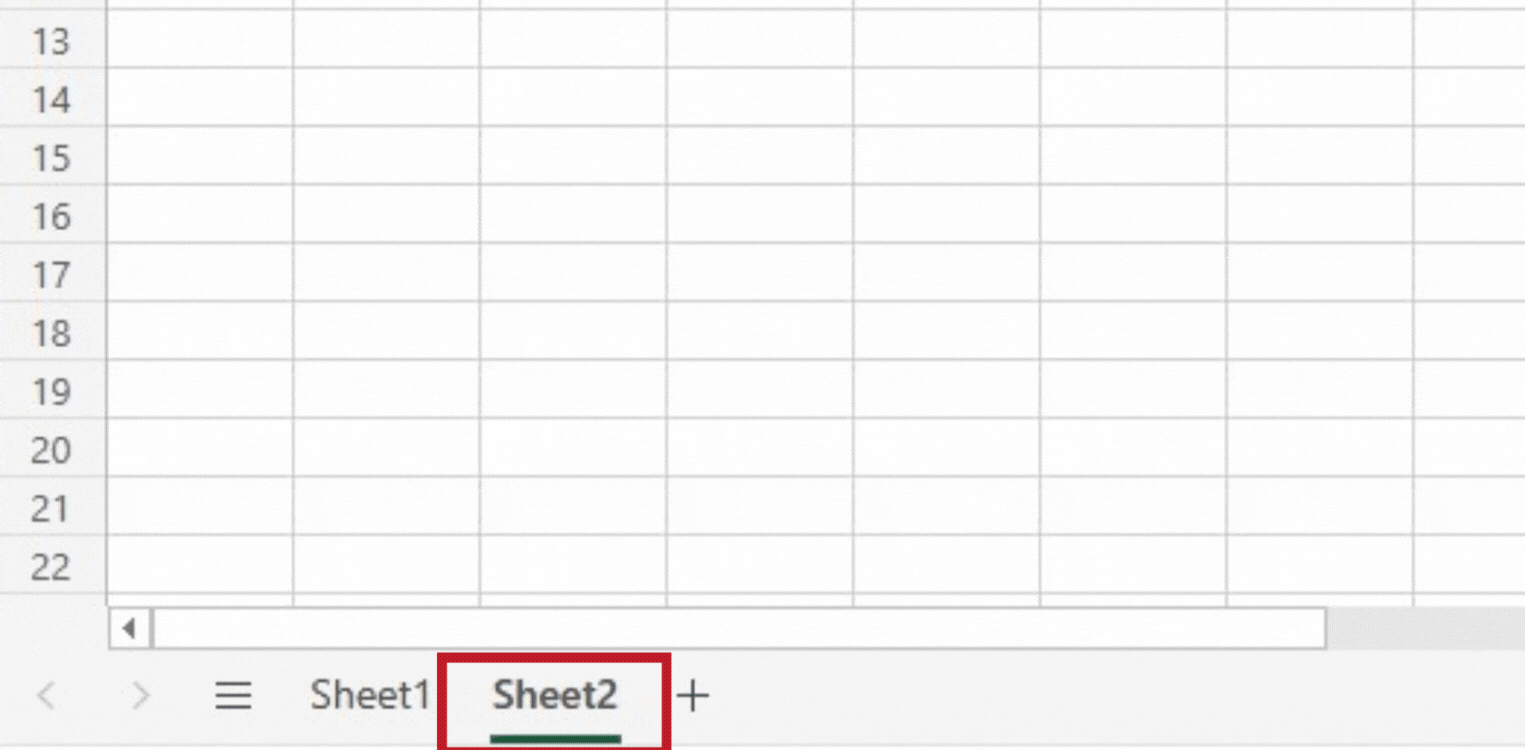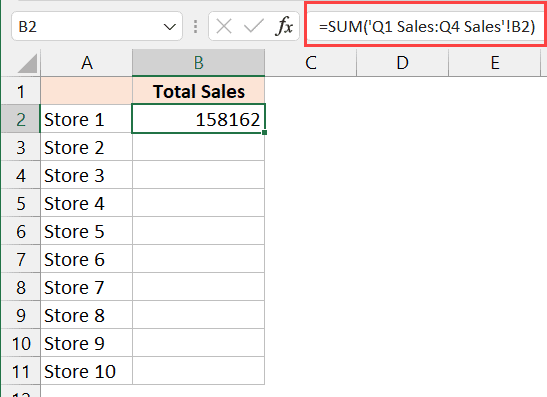5 Ways to Maximize Excel Sheets Limit

Spreadsheets are powerful tools for data management, analysis, and organization. However, one limitation that users often encounter is the maximum number of sheets that can be added to a workbook in Microsoft Excel. While the limit has been expanded in newer versions, it's still a finite number that can constrain how we organize our data. In this post, we'll explore five effective strategies to maximize Excel's sheet limit and make the most out of your Excel workbooks.
1. Utilize Multiple Workbooks

Instead of trying to fit all your data into one workbook, consider using multiple workbooks. Here’s how you can do it:
- Segment Your Data: Break down your data into logical segments. For instance, use different workbooks for different departments, projects, or years.
- Link Data Across Workbooks: Use Excel’s external reference feature to connect data across different workbooks. For example:
=[WorkbookName.xlsx]SheetName!CellReference - Navigate with Hyperlinks: Create hyperlinks to quickly jump from one workbook to another:
=HYPERLINK(“[WorkBook.xlsx]SheetName!A1”, “Go to Year 2023 Data”)
This strategy not only helps in managing the sheet limit but also makes your workflow more organized.
2. Implement Sheet Consolidation

Excel provides tools to combine data from multiple sheets into a single one, reducing the need for multiple sheets:
- Using Power Query: Import, transform, and consolidate data from various sheets:
- Go to the Data tab, select Get Data, and choose from file or any other source.
- Use the Merge Queries feature to combine your datasets.
- Consolidate Tool: Use the Consolidate function under the Data tab to summarize data from multiple sheets into one:
- Choose the range you want to consolidate.
- Select the function for summarizing (e.g., SUM, AVERAGE).
📝 Note: Consolidation reduces redundancy but might limit direct data manipulation in source sheets.
3. Data Archiving

Old or historical data can take up unnecessary sheets. Here’s how to manage this:
- Archive Sheets or Workbooks: Move data that is no longer active to separate workbooks or archived sheets:
- Create an Archive workbook or sheet.
- Link or copy the necessary data into this archive.
- Use External Storage: Store archived data externally to free up space:
- Consider using cloud storage solutions like OneDrive or Dropbox.
- Link or reference data from these external sources when needed.
4. Dynamic Sheets via VBA or Macros

Automating the creation and management of sheets can help you work within Excel’s limits:
- VBA Macros: Use VBA to automate repetitive tasks like creating new sheets:
- Write a VBA script to dynamically add or remove sheets based on specific criteria.
- Example:
Sub AddNewSheet() Dim ws As Worksheet Set ws = Sheets.Add(After:=Sheets(Sheets.Count)) ws.Name = “Sheet” & (Sheets.Count) End Sub - Custom Functions: Develop functions to perform tasks that would otherwise require multiple sheets:
- Create user-defined functions (UDFs) to simplify data operations.
💡 Note: VBA requires programming knowledge, but online tutorials and examples can help you get started.
5. Tab Groups and Hidden Sheets

Lastly, managing the visibility and organization of sheets can help utilize the available sheets more effectively:
- Group Sheets: Organize sheets into logical groups:
- Right-click a sheet tab, choose “Move or Copy…”, then group sheets.
- Hide Sheets: Temporarily hide sheets you’re not using:
- Right-click a sheet tab and choose “Hide”.
- To unhide, right-click any tab and select “Unhide”.
These methods help maintain a clean workbook interface, making it easier to navigate and manage your sheets.
As we’ve explored in this post, there are multiple ways to work around Excel’s sheet limit. Utilizing multiple workbooks can help segment your data logically, while consolidation tools and dynamic VBA solutions streamline data management. Archiving historical data and managing sheets’ visibility ensures that you’re not just pushing up against Excel’s limits but working within them effectively. These strategies not only help you maximize the use of your spreadsheets but also enhance your data analysis capabilities, making you more efficient in handling large datasets.
What is the maximum number of sheets in Excel?

+
The maximum number of sheets depends on Excel’s version. For Excel 2003, it was 255, but for newer versions like Excel 2016 and above, it’s around 1048576, though practical limits might be lower due to memory and performance constraints.
Can I link data across different workbooks?

+
Yes, you can link data across different workbooks using external references. This allows you to pull or push data from one workbook to another dynamically.
How can VBA help with Excel sheet management?

+
VBA can automate tasks like creating, naming, or deleting sheets, allowing you to manage sheets dynamically based on your needs, thereby optimizing the use of available sheet slots.
Is there a way to optimize Excel’s performance with many sheets?

+
Yes, by archiving old data, using multiple workbooks, and implementing consolidation techniques, you can optimize Excel’s performance even with many sheets. Also, consider turning off automatic calculations and using efficient formulas to save processing power.